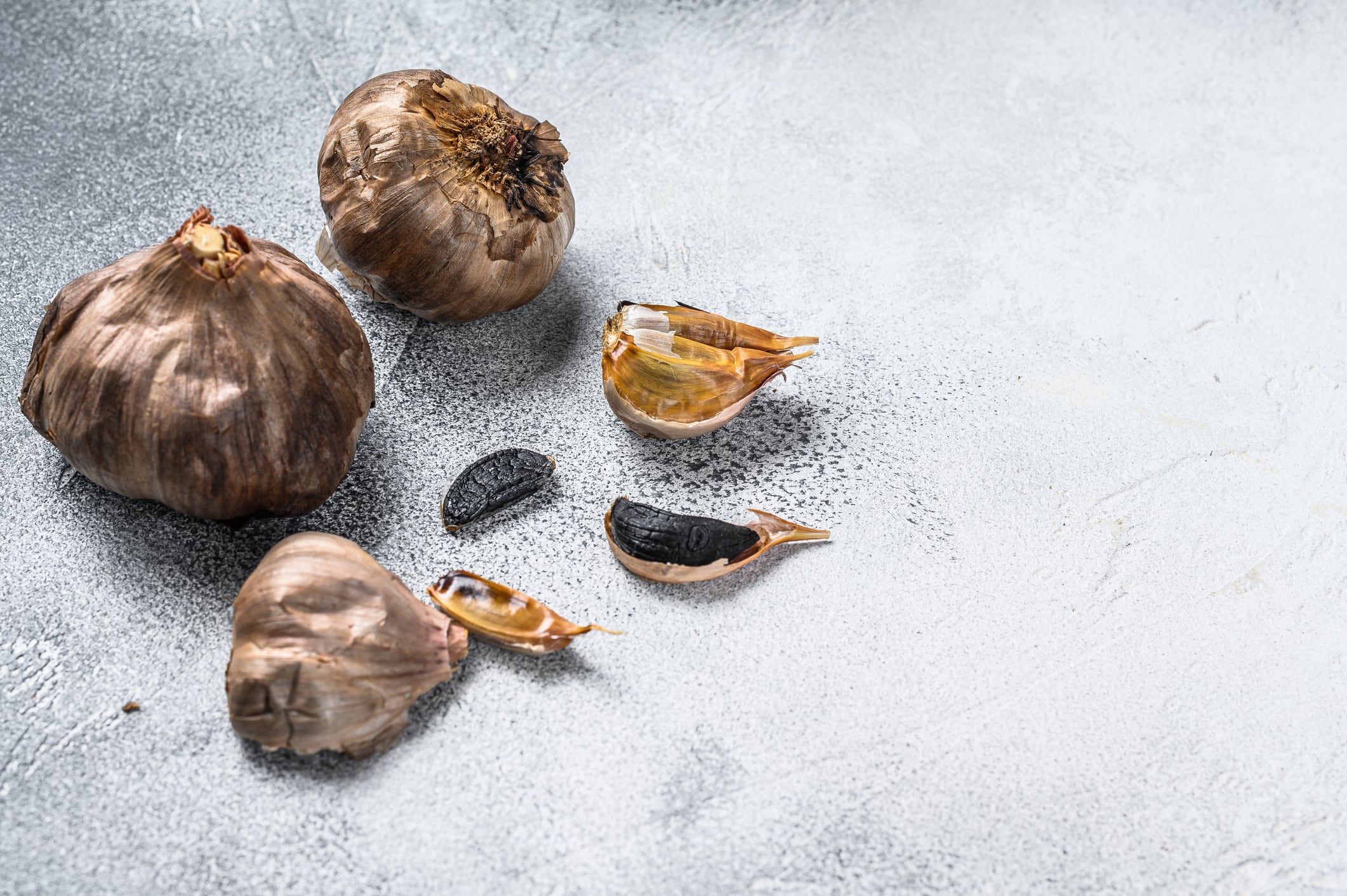A study, conducted by researchers from nutraceutical company Pharmactive Biotech Products and Instituto de Química Orgánica General in Madrid, evaluated new scientific approaches to assess the content of S-allyl-L-cysteine (SAC)—the main organosulfur compound in aged garlic supplements (AGS) to which many of its health benefits have been attributed.
“The results gathered by the application of these two methodologies evidenced the highly variable composition of commercial AGS, as well as the identification of a number of potential composition frauds affecting their genuineness and benefits on health,” they wrote in the journal Foods.
Composition discrepancies
The study highlighted that increasing demand for plant-based food supplements requires better analytical methods to ensure their quality and authenticity.
Inadequate legal frameworks and shortcomings in current protocols to ensure standardization have led to a rising number of fraudulent practices, the researchers noted.
Some of the issues reported include discrepancies in the content of declared bioactives, undeclared use of synthetic or cheaper alternatives, and the addition of compounds to counteract side effects or improve bioavailability.
Black garlic health benefits
Black garlic is typically manufactured using thermal processing. This involves aging raw garlic bulbs at high temperatures and controlled humidity for up to three months.
The subsequent Maillard reaction, caramelization and chemical oxidation improve the phytonutrient content and bioactive properties and result in a non-odorous, sweeter taste.
Other less common aging processes include fermentation with probiotics and soaking in hydroalcoholic solutions.
Evidence suggests the supplement may benefit cardiovascular disease, diabetes, obesity and high blood pressure.
The reported health benefits are mainly associated with the organosulfur compounds, predominantly SAC, which is up to six times higher in aged black garlic than fresh garlic.

Study details
The study optimized and evaluated two new approaches, liquid chromatography coupled to mass spectrometry (LC-MS) and flow injection analysis-(electrospray ionization) mass spectrometry (FIA-(ESI)MS), as methods to assess the quality of aged garlic supplements (AGS).
SAC content was used as a measure of supplement quality, as this is the main bioactive compound associated with the supplement’s health benefits.
Both of the analyzed methods were found to be effective for quantifying SAC. However, the LC-MS was able to differentiate SAC and its bioactive diastereoisomer, S-1-propenyl-L-cysteine (S1PC), as well as several typical garlic organosulfur compounds.
FIA-MS fingerprinting is considered an appropriate method for high-throughput quality control but has not yet been applied to AGS. In the current study, the researchers confirmed its effectiveness for fast screening of AGS where no differentiation between SAC and S1PC is needed, such as in the nutraceutical industry and by regulatory bodies.
“In this sense, only those AGS samples that do not meet specifications or do not contain SAC would need to undergo in-depth studies using more time-consuming and expensive LC-MS approaches, thus contributing to the rational use of facilities for AGS authentication and quality control,” the researchers noted.
Source: Foods
2024, 13(17), 2645; doi: 10.3390/foods13172645“A Comparative Study of LC-MS and FIA-(ESI)MS for Quantitation of S-Allyl-L-Cysteine in Aged Garlic Supplements.”
Authors: I. Jiménez-Amezcua et al.




